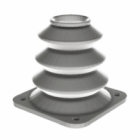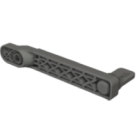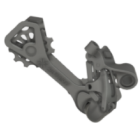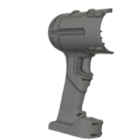Design for 3D printing
Design for 3D printing is not simply about modeling a shape — it’s about understanding how geometry, materials, and process parameters interact within additive manufacturing workflows. As 3D printing enables designs that would be impossible to produce using traditional methods, engineers must rethink how parts are conceived from the ground up. This section introduces key principles behind design for additive manufacturing, including how to optimize structures for strength, printability, and material efficiency. Whether you’re developing end-use products or functional prototypes, designing for 3D printers requires a solid grasp of both digital tools and process-specific constraints. Mastering this knowledge is essential to unlocking the full potential of additive production.
Table of content
- How to design for 3D printing?
- How big can 3D printers print?
- 3D printing overhangs
- What is resolution in 3D printing?
- Wall thickness 3D print
- Tolerances for 3D printing
- Support 3D print
Other sections























